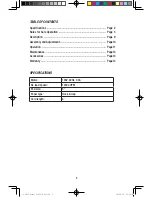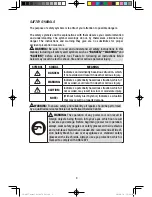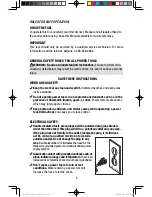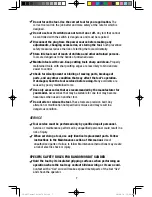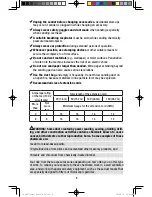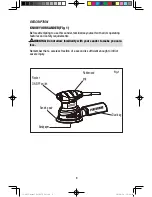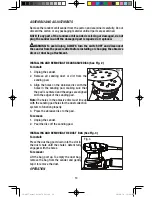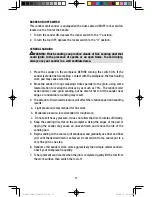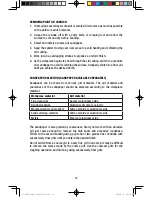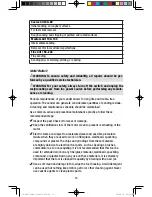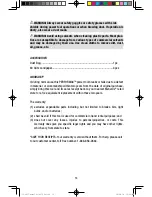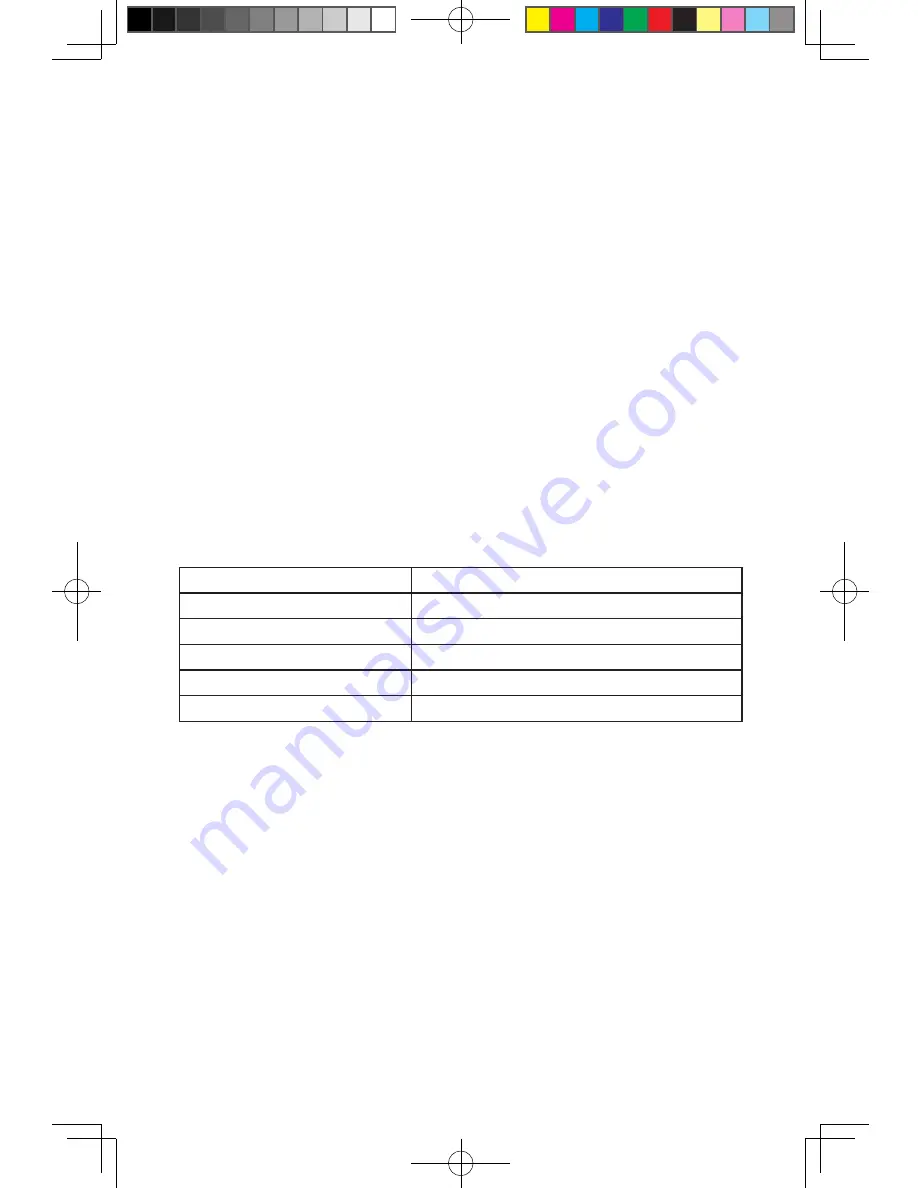
12
REMOVING PAINT OR VARNISH
1. If removing several layers of paint or varnish, first remove as much as possible
with a paint or varnish remover.
2. Scrape the residue off with a putty knife or scraping tool and allow the
surface to cool and dry before sanding.
3. Select and install a coarse grit sandpaper.
4. Keep the sander moving over new areas to avoid heating and softening the
old coating.
5. Work in wide, overlapping strokes to produce a uniform finish.
6. As the workpiece begins to show through the old coating, switch to a medium
grit sandpaper to avoid scratching the surface. Gradually switch to a finer grit
until you achieve the desired finish.
SANDPAPER SELECTION (SANDPAPER AVAILABLE SEPARATELY)
Sandpaper can be made from various grit materials. The grit material and
coarseness of the sandpaper should be selected according to the workpiece
material
Workpiece material
Grit material
Fine woodwork
Gamet or aluminum oxide
Rough woodwork
Aluminum zirconia or ceramic
Manufactured wood products
Silicon carbide or aluminum oxide
Solid surfacing material
Silicon carbide or aluminum oxide
Metals
Emery or aluminum oxide
The sandpaper is also graded by coarseness. Start your work with an abrasive
grit just coarse enough to remove the high spots and excessive roughness.
Follow with a second sanding using a grit one or two grades finer. Continue with
successively finer grits until you obtain the desired finish.
Do not switch from a coarse grit to a very fine grit in one step. It may be difficult
to remove the marks made by the coarse grit. Use the coarsest grits for the
roughing operation, and finish by using successively finer grits.
10-06-17 manual 241-0972 En.indd 12
2010-6-18 12:00:05


